Archives
- 2025-12
- 2025-11
- 2025-10
- 2025-09
- 2025-03
- 2025-02
- 2025-01
- 2024-12
- 2024-11
- 2024-10
- 2024-09
- 2024-08
- 2024-07
- 2024-06
- 2024-05
- 2024-04
- 2024-03
- 2024-02
- 2024-01
- 2023-12
- 2023-11
- 2023-10
- 2023-09
- 2023-08
- 2023-07
- 2023-06
- 2023-05
- 2023-04
- 2023-03
- 2023-02
- 2023-01
- 2022-12
- 2022-11
- 2022-10
- 2022-09
- 2022-08
- 2022-07
- 2022-06
- 2022-05
- 2022-04
- 2022-03
- 2022-02
- 2022-01
- 2021-12
- 2021-11
- 2021-10
- 2021-09
- 2021-08
- 2021-07
- 2021-06
- 2021-05
- 2021-04
- 2021-03
- 2021-02
- 2021-01
- 2020-12
- 2020-11
- 2020-10
- 2020-09
- 2020-08
- 2020-07
- 2020-06
- 2020-05
- 2020-04
- 2020-03
- 2020-02
- 2020-01
- 2019-12
- 2019-11
- 2019-10
- 2019-09
- 2019-08
- 2019-07
- 2019-06
- 2019-05
- 2019-04
- 2018-07
-
br Acknowledgements br Membrane bound proton translocating
2020-07-20

Acknowledgements Membrane-bound proton-translocating inorganic pyrophosphatases (H-PPase; EC 3.6.1.1) belong to a recently identified category of proton pumps, distinct from F-, P-, and V-ATPases, which utilize pyrophosphate hydrolysis as the driving force for H movement across biological membr
-
Similarly LTD concentration dependently enhanced AQP express
2020-07-20
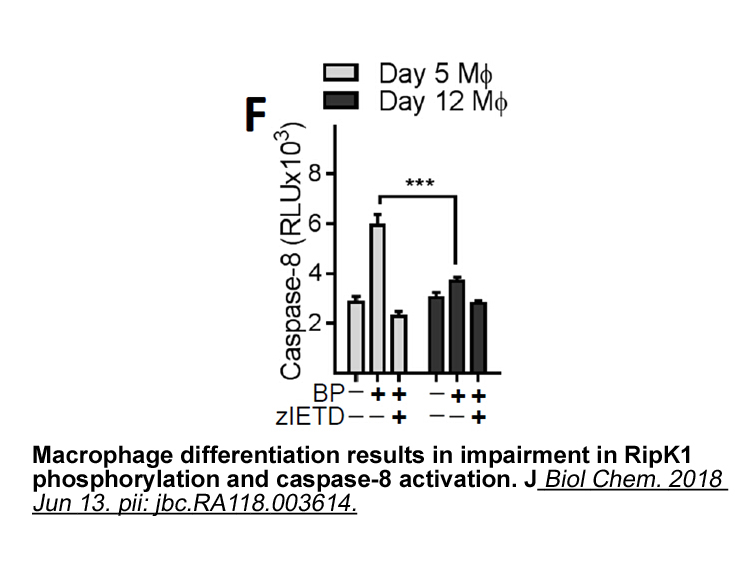
Similarly, LTD4 concentration-dependently enhanced AQP4 expression in astrocytes (Fig. 3). The LTD4-enhanced AQP4 expression was not affected by pranlukast but inhibited by Bay u9773, a non-selective CysLT1/CysLT2 receptor antagonist [33]. Because no selective CysLT2 receptor antagonists are current
-
Air trapping at the small airways is related to severe
2020-07-20
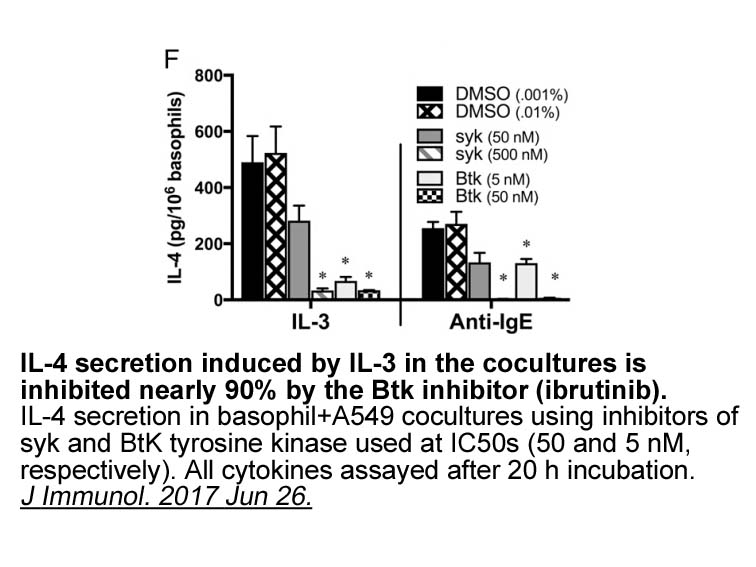
Air-trapping at the small airways is related to severe dopamine receptor antagonist (Bjermer, 2014), and acute exacerbation (Mahut et al., 2010). Although asthma patients are generally treated with inhaled corticosteroid (ICS) or with ICS and long-acting β2 agonist (LABA), the efficacy of such treat
-
However recent studies revealed that the function of Crm
2020-07-20
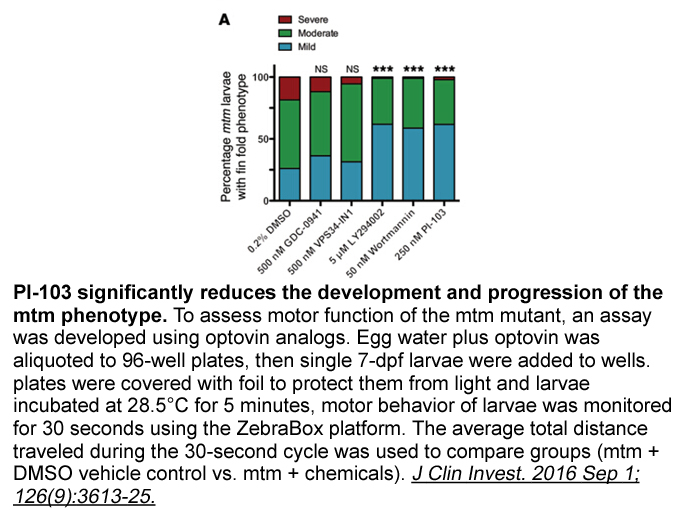
However, recent studies revealed that the function of Crm1 might not only limit to nucleocytoplasmic transport, but also be involved in regulation of centrosome duplication. As the major microtubule organizing centers in animal cells, centrosomes play a significant role in cell cycle, spindle format
-
Arsenic is an endocrine disruptor with estrogenic activity F
2020-07-20

Arsenic is an endocrine disruptor with estrogenic activity. Further study has shown that arsenic exposure can significantly increase the expression of estrogen receptor-related genes, steroid metabolism-related enzymes and lung cancer-related genes in the lung tissues of female mice on the occurrenc
-
Eleutherococcus senticosus Rupt Maxim Maxim is a shrub belon
2020-07-17

Eleutherococcus senticosus (Rupt. & Maxim.) Maxim is a shrub belonging to the Araliaceae, which is commonly distributed in China, Korea, Japan and Russia. It has been traditionally used as folk medicine for the treatment of rheumatism, diabetes, and hepatitis (Nan et al., 2004). Recent phytochemical
-
The isolation of a proteinaceous putative inhibitor of cyste
2020-07-17

The isolation of a proteinaceous putative inhibitor of cysteine proteases from the extracts of Y. enterocolitica and E. coli was performed by affinity chromatography on immobilized and inactivated papain (Fig. 7A). Instead of the column variant of this technique (Tsushima et al., 1992), we used a ba
-
Some studies have integrated the
2020-07-17

Some studies have integrated the use of cloud computing with user interfaces in the domain of our proposal (i.e. UI). In [24] the authors work with Android devices to achieve more flexibility in the user interfaces by making use of information about the environment (for example, with an ambient ligh
-
Introduction The COMT gene is located
2020-07-17
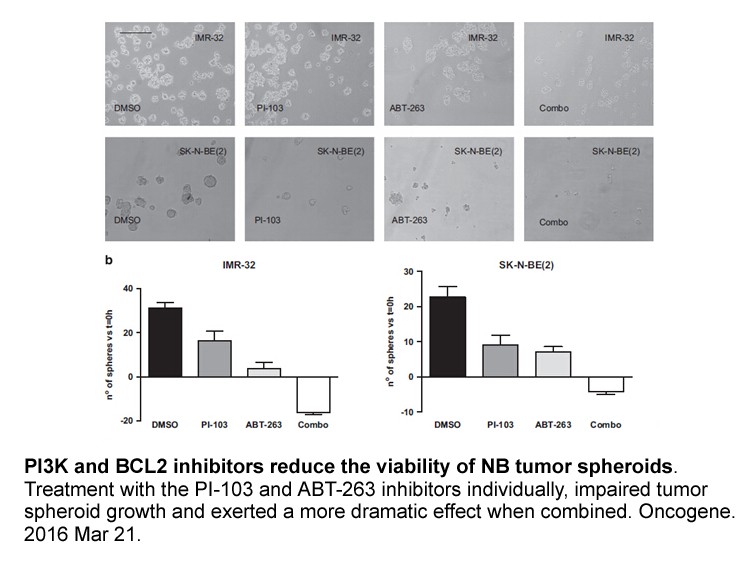
Introduction The COMT gene is located on chromosomal band 22q11.2, extends over 28 kb, contains six exons, and encodes for catechol-O-methyl-transferase (Weinshilboum and Raymond, 1977; Grossman et al., 1992; Lundström et al., 1995; Bearden et al., 2005). This enzyme plays a major role in regulatio
-
In agreement with the evidence
2020-07-17
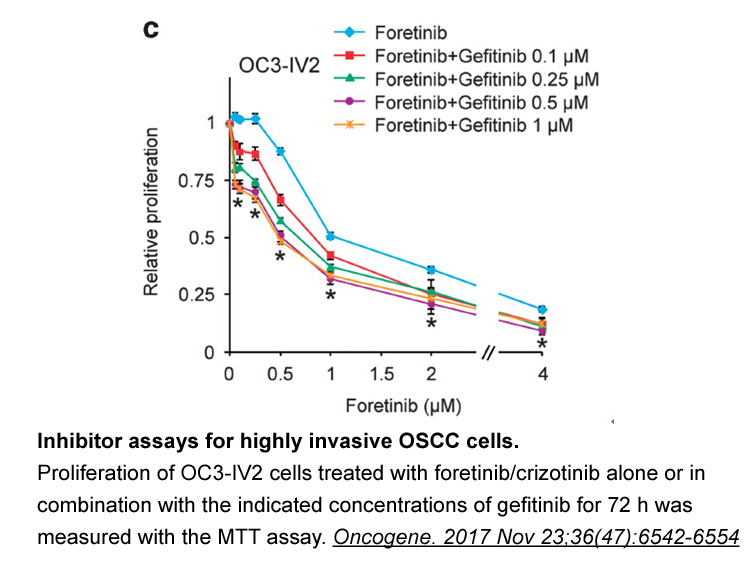
In agreement with the evidence on the Plg-binding function of tapeworm enolases, eukaryotic enolases have been shown to be multifunctional proteins, with other activities besides their role as glycolytic enzymes (Pancholi, 2001). In this respect, several flatworms have been proved to express enolase
-
After incorporation of random nucleotides by TdT during
2020-07-17

After incorporation of random PLX7904 by TdT during heavy-chain rearrangements, both TdT and pol λ may perform in trans polymerase activity (in unknown proportions), whereas synthesis of the complementary strand can only be achieved by pol λ using its gap-filling activity, which TdT lacks because of
-
Not all of the biological activities exhibited by progestoge
2020-07-16
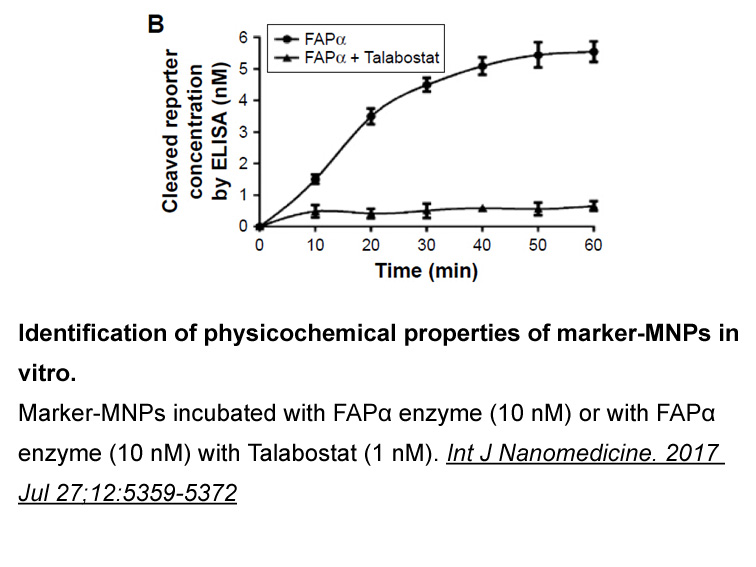
Not all of the biological activities exhibited by progestogens (Table 1) are mediated via binding to SRs. For example, the anti-estrogenic action of progestogens in the tamoxifen citrate is due to the progestogen-bound PR suppressing ER gene expression, and consequently the ability of the cell to r
-
br Conclusion Blueberry is becoming a worldwide crop with
2020-07-16

Conclusion Blueberry is becoming a worldwide crop with the fastest rising consumer demand trends for its health benefits. However, the berry size is one of the key parameters for determining fruit quality and consumers’ preferences (Milic et al., 2018). Understanding the physiological and molecul
-
Bovine collagen type II a fibrillar collagen
2020-07-16

Bovine collagen type II, a fibrillar collagen mainly found in cartilage, comprises 24 potentially glycosylated lysine residues within its collagen domain. Detailed analysis revealed that 22 out of 23 of these lysine residues are hydroxylated and carry variable numbers of Gal(β1-O) and Glc(α1-2)Gal(β
-
br Using the same sort of methods
2020-07-16

Using the same sort of methods, we can also address the proof of Theorem 1.2. The first part of the proof is made much easier if we use the “sieving” construction. Concretely, given a CMV operator , let denote the CMV operator with This induces a simple change in the spectrum; namely, if denotes t
15998 records 829/1067 page Previous Next First page 上5页 826827828829830 下5页 Last page